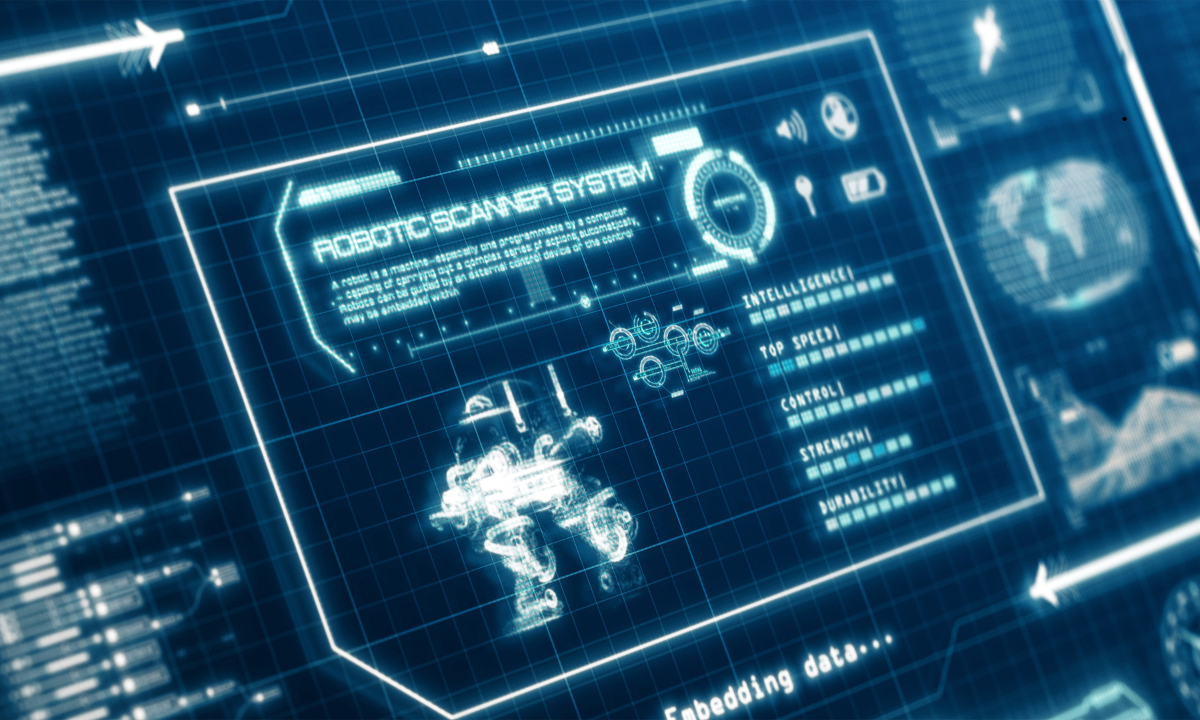In the rapidly evolving field of robotics, precision and control are paramount. Robotic systems rely on a variety of sensors and components to interact with their environments effectively. Among these, encoders play a critical role in ensuring accurate motion control and positional awareness. This white paper explores what an encoder is within a robotic system, how it operates, and its significance in modern robotics applications.
What is an Encoder in a Robotic System?
An encoder is a sensing device integrated into robotic systems to measure the position, speed, or direction of a moving component, typically a motor or actuator. It converts mechanical motion into electrical signals that can be interpreted by a control system. Encoders are essential for providing real-time feedback, enabling robots to perform tasks with high precision, such as navigating obstacles, manipulating objects, or maintaining balance.
Types of Encoders
Encoders are broadly categorized into two types:
- Rotary Encoders: Measure rotational motion, commonly used in robotic joints or wheels.
- Linear Encoders: Measure linear displacement, often applied in robotic arms or conveyor systems.
Additionally, encoders can be classified as:
- Incremental Encoders: Provide relative position data by generating pulses as motion occurs.
- Absolute Encoders: Offer a unique position value for every point in the range of motion, retaining position data even after power loss.
How Does an Encoder Work?
The operation of an encoder depends on its type and design, but the core principle involves detecting physical movement and translating it into a digital or analog signal. Below is an overview of the process:
1. Mechanical Motion Detection
Encoders are typically mounted on a rotating shaft (in rotary encoders) or a linear track (in linear encoders). As the robot’s motor or actuator moves, the encoder’s internal mechanism—such as an optical disc, magnetic strip, or capacitive sensor—tracks this motion.
2. Signal Generation
- Optical Encoders: Use a light source and a patterned disc with transparent and opaque sections. As the disc rotates, light passes through or is blocked, creating a pulse pattern detected by a photosensor.
- Magnetic Encoders: Rely on a magnetic field and sensors (e.g., Hall-effect sensors) to detect changes in position as a magnetized wheel or strip moves.
- Capacitive Encoders: Measure changes in capacitance caused by motion between conductive surfaces.
These methods produce electrical signals—typically square waves (in incremental encoders) or binary codes (in absolute encoders)—representing the motion.
3. Signal Processing
The generated signals are sent to the robot’s control unit (e.g., a microcontroller or PLC). Incremental encoders output pulses that the controller counts to determine relative position or speed, while absolute encoders provide a direct digital representation of the exact position. The controller uses this data to adjust motor speed, direction, or position as needed.
4. Feedback Loop
Encoders form the backbone of a closed-loop control system in robotics. By continuously feeding position and velocity data back to the controller, they enable precise adjustments, compensating for errors like slippage, wear, or external disturbances.
Applications in Robotics
Encoders are indispensable across various robotic applications:
- Industrial Robots: Ensure accurate arm positioning for welding, assembly, or material handling.
- Mobile Robots: Track wheel rotation for navigation and odometry in autonomous vehicles or warehouse robots.
- Humanoid Robots: Enable precise joint control for walking, grasping, or gesturing.
- Medical Robotics: Provide fine-tuned control in surgical robots for minimally invasive procedures.
Benefits of Encoders in Robotic Systems
- Precision: High-resolution encoders allow for micrometer-level accuracy.
- Reliability: Robust designs withstand harsh environments, ensuring consistent performance.
- Versatility: Available in various forms to suit diverse robotic needs.
- Real-Time Control: Facilitate dynamic adjustments during operation.
Challenges and Considerations
While encoders are highly effective, certain challenges must be addressed:
- Environmental Sensitivity: Optical encoders may fail in dusty or humid conditions unless sealed.
- Cost: High-resolution absolute encoders can be expensive.
- Complexity: Integration into a robotic system requires careful calibration and signal processing.
Conclusion
Encoders are a foundational component in robotic systems, bridging the gap between mechanical motion and digital control. By providing accurate, real-time feedback on position and speed, they empower robots to perform complex tasks with reliability and precision. As robotics continues to advance, innovations in encoder technology—such as miniaturization and enhanced durability—will further expand their capabilities, driving progress in automation, exploration, and human-robot interaction.











